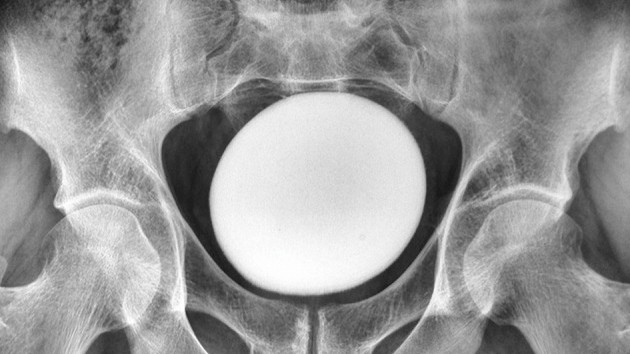Climate Change Influenced Extreme Heat in 2013, Report Finds

Man-made climate change stoked some of 2013's most extreme heat on the planet, a new report shows.
Twenty-two separate research teams analyzed 16 of last year's extreme weather events, including the California drought and devastating flooding in Colorado, to determine whether climate change — primarily caused by the burning of fossil fuels — made any of the events more likely or severe.
Scientists found clear fingerprints of climate change on all five of the heat waves analyzed in the report, which was published in the Bulletin of the American Meteorological Society. But for other events, isolating the impact of climate change from natural variability proved to be more difficult. [6 Unexpected Effects of Climate Change]
Three separate research teams looked at the 2013 California drought, for example, but they didn't find conclusive evidence for the influence of human-caused climate change. Climate change made it more likely for a "ridge" of high pressure to linger over the western United States, keeping storms and rain away from California in 2013, one paper found. But it's not clear how this atmospheric pattern influenced changes in precipitation and temperature that drove California's drought.
Drought is a complex meteorological phenomenon, and its length and severity are influenced by several natural factors — including snowpack availability, temperature, soil moisture and a lack of precipitation — which are then compounded by land and water use, said Stephanie Herring, the report's lead editor from the National Oceanic and Atmospheric Administration's National Climatic Data Center.
"A clear picture of how long-term climate change impacted the California drought is yet to emerge," Herring told reporters today (Sept. 29).
Five of the research papers in the report were devoted to the historic heat in Australia. Last year was Australia's hottest on record. The government spent about $300 million on a drought assistance package for affected farmers, and an intense heat wave occurred during the summer months, sending the average temperature 2 degrees Fahrenheit (1 degree Celsius) above normal.
Get the world’s most fascinating discoveries delivered straight to your inbox.
"It's hard to imagine how you could have had those temperatures in a world without climate change," Peter Stott, the report's co-editor at the U.K. Met Office Hadley Centre, said during a news conference.
Indeed, all five studies suggested human-caused factors increased the likelihood and severity of the record temperatures in Australia. Climate change also created conditions that were favorable for drought in New Zealand, and it contributed to heat waves in Japan, Korea, China and Western Europe in 2013, other studies found.
Some weather events seemed to be natural anomalies. One group of researchers found that climate change was not directly to blame for the 17 inches (43 centimeters) of rain that fell over the course of one week around Boulder, Colorado, and the probability of another such event should actually decrease as the climate changes. Likewise, an unusually intense October blizzard in South Dakota last year likely wasn't influenced by climate change and another similar event is unlikely to occur in the future, another paper found.
The report speaks to some of the modeling limitations climatologists face when trying to understand man-made influences on complicated events like droughts and storms. Scientists clearly have the right tools to attribute human-caused climate change to heat extremes and temperature extremes. But temperature-driven events have a much stronger signal relative to the noise than events like storms and heavy rains, Stott explained.
Follow Megan Gannon on Twitter and Google+. Follow us @livescience, Facebook & Google+. Original article on Live Science.



